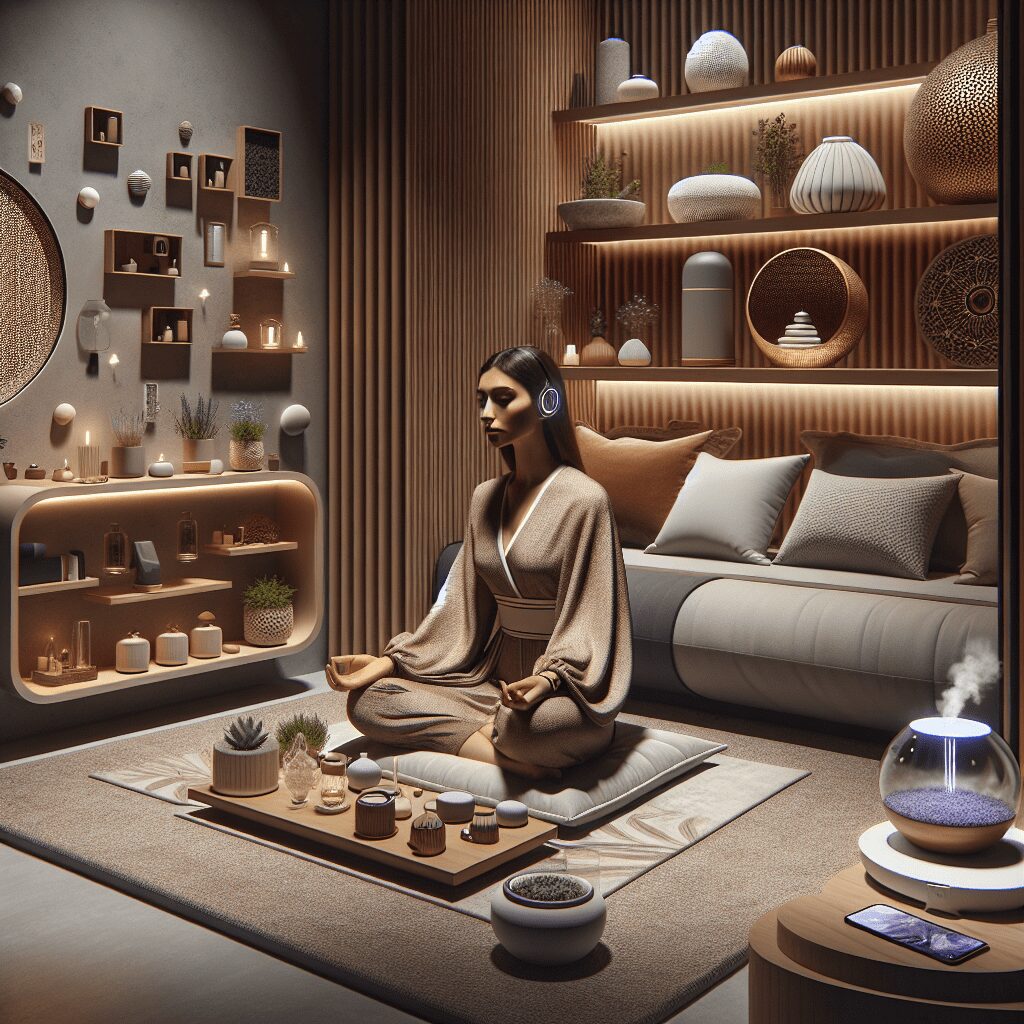
Prioritize your mental well-being daily. Enhance your life by nurturing your mental health with the Smart Meditation app. Break free from stress, alleviate anxiety, and enhance your sleep quality starting today.
When Did Meditation Originate?
Tracing the Origins of Meditation: A Journey Through Time
Embarking on a quest to unravel the origins of meditation is akin to peeling the layers of an ancient, mystical onion. Each layer reveals a new facet of how this profound practice has intertwined with the fabric of human civilization. So, let’s dive into the depths of history and discover where this tranquility-imbuing practice took root.
The Ancient Beginnings
Believe it or not, the art of meditation predates recorded history, stretching back to as early as 5,000 to 3,500 BCE. Evidence of this ancient practice has been unearthed in wall art found in the Indus Valley, depicting figures seated in positions that many speculate to be meditative postures. These relics of yesteryear suggest that meditation was a cornerstone in the early Indus Valley civilization, potentially predating even the most ancient texts.
Speaking of ancient texts, the Vedas, a collection of sacred scriptures written in early Sanskrit, serve as a treasure trove of insights into early meditative practices. Penned around 1,500 BCE by the sages of ancient India, these texts are chock-full of references to meditation, indicating its pivotal role in Vedic society. This period marks the transition from meditation being a cultural artifact to a well-documented practice.
But let’s not put all our meditative eggs in one basket. Meditation wasn’t just the brainchild of the ancient Indians. Around the sixth to fifth centuries BCE, similar practices were sprouting across the globe. The Buddha, a key figure in meditation history, began spreading his method of mindfulness and enlightenment across the Indian subcontinent, which turned out to be a real game-changer for meditation practices worldwide.
Parallel to the Buddha’s teachings, the Chinese Taoist and Indian Buddhist traditions were also finding their feet. The renowned Laozi, a figure shrouded in as much mystery as wisdom, introduced Taoist meditation practices aimed at harmony with the Tao, or the fundamental nature of the universe. Meanwhile, Buddhism was busy introducing the concept of Dhyana (deep meditation) to the masses, emphasizing mindfulness and the pursuit of enlightenment.
A Modern Resurgence
Fast forward a few millennia, and meditation has undergone a metamorphosis from an esoteric ritual to a mainstream stress-buster and self-improvement tool. The 20th century witnessed a meditation renaissance in the West, thanks in part to pioneering figures who bridged the gap between Eastern spiritual practices and Western scientific scrutiny.
With the advent of the digital age, meditation has seen yet another transformation. No longer confined to monasteries or secluded retreats, it’s now as accessible as tapping on a smartphone app. Scientific studies have emerged, backing the plethora of benefits meditation offers, from reducing stress and anxiety to enhancing concentration and overall well-being.
In essence, the history of meditation is a testament to its timeless nature and its evolving role in human society. From cave art to cloud-based apps, meditation has journeyed across millennia, cultures, and technologies, proving to be an indispensable tool in the quest for inner peace and understanding.
So, whether you’re a seasoned meditator or a curious newcomer, remember that each session connects you to an ancient lineage of practitioners who sought the same tranquility and clarity that you do. Here’s to continuing this rich tradition, one mindful breath at a time.





